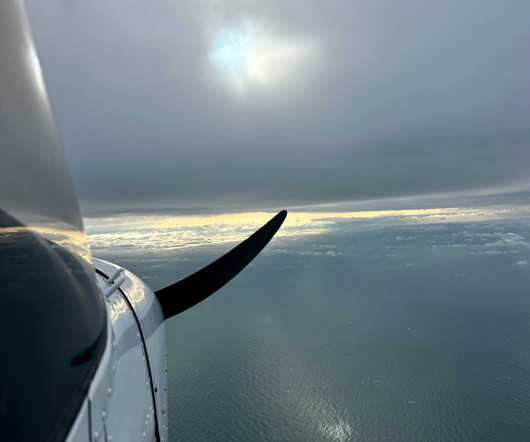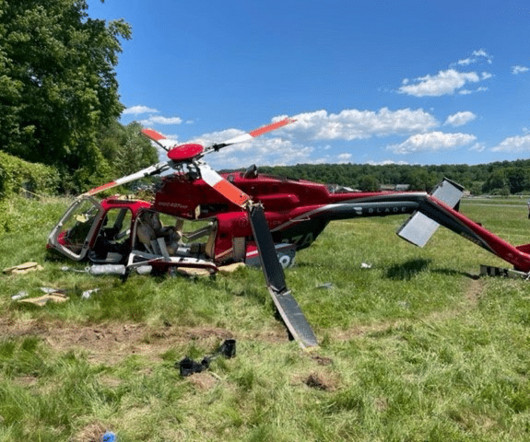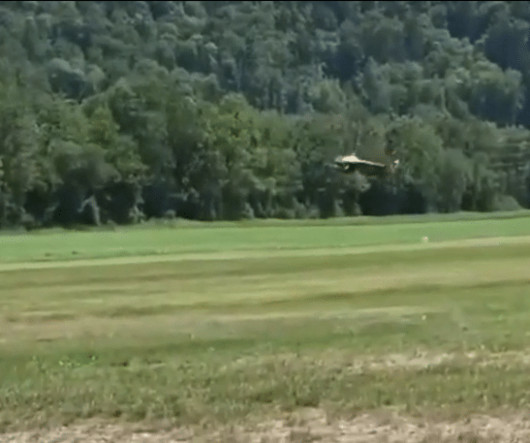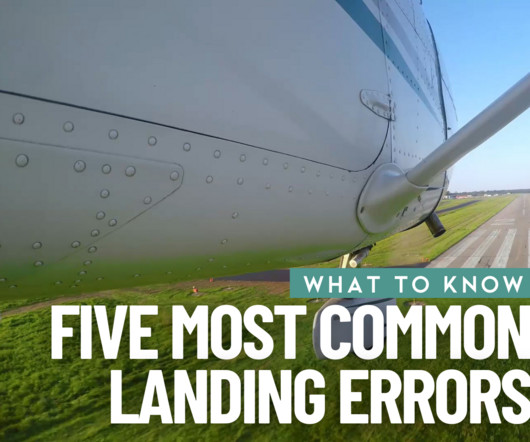Mastering Stalls: How to Recognize, Prevent, and Recover Safely
Flight Training Central
MARCH 3, 2025
When the airplane is stabilized in the approach attitude and speed, begin to smoothly and slowly bring the nose up to an attitude which will cause a stall. If the bank increases, the loss of vertical lift component tends to lower the nose. As the airspeed slows into the white arc, extend the wing flaps.


















Let's personalize your content